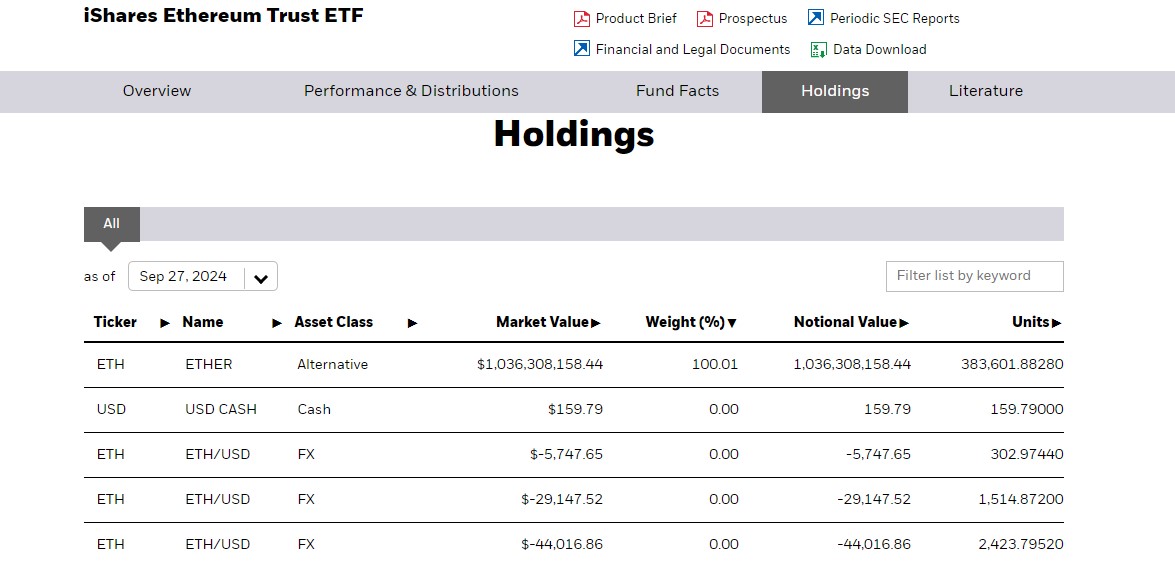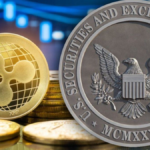Key Insights
- ETHA reached $1 billion in assets under management (AUM), although it hasn’t experienced the rapid expansion seen with IBIT.
- BlackRock’s Bitcoin ETF swiftly attained $2 billion in AUM, surpassing ETHA’s growth.
Disseminate this article
BlackRock’s spot Ethereum ETF, known as ETHA, has not experienced the same explosive expansion as its Bitcoin counterpart; however, Robert Mitchnick, head of digital assets at the firm, remains hopeful about its future potential, particularly given its swift accumulation of assets under management (AUM).
“It’s quite unusual to see an ETF reach a billion AUM in just seven weeks, as ETHA has,” stated Mitchnick at the Messari Mainnet conference in New York recently. “Typically, it takes several years—or longer—for a new ETF to achieve a billion.”
Following its launch in July after the SEC’s surprising approval, ETHA amassed $1 billion in net inflows in under a month. As of September 30, ETHA held over 380,601 ETH, equating to approximately $1 billion.


Despite trailing behind BlackRock’s spot Bitcoin ETF (IBIT), which garnered $2 billion in AUM within just 15 days of its launch, ETHA remains one of the top-performing crypto ETFs globally.
The stagnant growth is not entirely surprising to BlackRock and other ETF specialists. Mitchnick suggests that Ethereum’s investment narrative is “more complex” for investors to fully “comprehend.”
“That’s a significant reason why we are deeply invested in the educational endeavors we are pursuing with many of our clients,” he clarified.
BlackRock’s head of digital assets expressed that while he does not foresee ETHA ever matching the flow and AUM levels of IBIT, he views its current performance as a “promising beginning.”
Speaking at the Bitcoin 2024 convention in Nashville in July, Mitchnick remarked that the company’s clientele primarily favors Bitcoin, followed by Ethereum. There is “very little appetite for crypto ETFs beyond these two leading assets,” he noted.
For BlackRock, Bitcoin and Ethereum offer complementary advantages rather than competing for the same investment purpose. Mitchnick forecasted that investors would likely allocate 20% of their crypto portfolios to Ethereum and 80% to Bitcoin.








